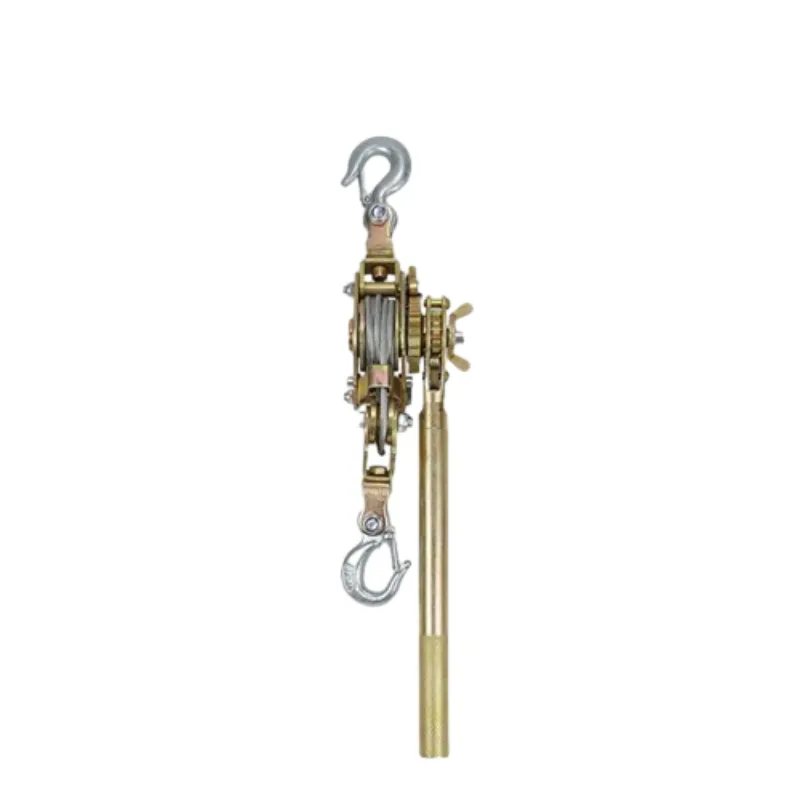
-
 Afrikaans
Afrikaans -
 Albanian
Albanian -
 Amharic
Amharic -
 Arabic
Arabic -
 Armenian
Armenian -
 Azerbaijani
Azerbaijani -
 Basque
Basque -
 Belarusian
Belarusian -
 Bengali
Bengali -
 Bosnian
Bosnian -
 Bulgarian
Bulgarian -
 Catalan
Catalan -
 Cebuano
Cebuano -
 Corsican
Corsican -
 Croatian
Croatian -
 Czech
Czech -
 Danish
Danish -
 Dutch
Dutch -
 English
English -
 Esperanto
Esperanto -
 Estonian
Estonian -
 Finnish
Finnish -
 French
French -
 Frisian
Frisian -
 Galician
Galician -
 Georgian
Georgian -
 German
German -
 Greek
Greek -
 Gujarati
Gujarati -
 Haitian Creole
Haitian Creole -
 hausa
hausa -
 hawaiian
hawaiian -
 Hebrew
Hebrew -
 Hindi
Hindi -
 Miao
Miao -
 Hungarian
Hungarian -
 Icelandic
Icelandic -
 igbo
igbo -
 Indonesian
Indonesian -
 irish
irish -
 Italian
Italian -
 Japanese
Japanese -
 Javanese
Javanese -
 Kannada
Kannada -
 kazakh
kazakh -
 Khmer
Khmer -
 Rwandese
Rwandese -
 Korean
Korean -
 Kurdish
Kurdish -
 Kyrgyz
Kyrgyz -
 Lao
Lao -
 Latin
Latin -
 Latvian
Latvian -
 Lithuanian
Lithuanian -
 Luxembourgish
Luxembourgish -
 Macedonian
Macedonian -
 Malgashi
Malgashi -
 Malay
Malay -
 Malayalam
Malayalam -
 Maltese
Maltese -
 Maori
Maori -
 Marathi
Marathi -
 Mongolian
Mongolian -
 Myanmar
Myanmar -
 Nepali
Nepali -
 Norwegian
Norwegian -
 Norwegian
Norwegian -
 Occitan
Occitan -
 Pashto
Pashto -
 Persian
Persian -
 Polish
Polish -
 Portuguese
Portuguese -
 Punjabi
Punjabi -
 Romanian
Romanian -
 Russian
Russian -
 Samoan
Samoan -
 Scottish Gaelic
Scottish Gaelic -
 Serbian
Serbian -
 Sesotho
Sesotho -
 Shona
Shona -
 Sindhi
Sindhi -
 Sinhala
Sinhala -
 Slovak
Slovak -
 Slovenian
Slovenian -
 Somali
Somali -
 Spanish
Spanish -
 Sundanese
Sundanese -
 Swahili
Swahili -
 Swedish
Swedish -
 Tagalog
Tagalog -
 Tajik
Tajik -
 Tamil
Tamil -
 Tatar
Tatar -
 Telugu
Telugu -
 Thai
Thai -
 Turkish
Turkish -
 Turkmen
Turkmen -
 Ukrainian
Ukrainian -
 Urdu
Urdu -
 Uighur
Uighur -
 Uzbek
Uzbek -
 Vietnamese
Vietnamese -
 Welsh
Welsh -
 Bantu
Bantu -
 Yiddish
Yiddish -
 Yoruba
Yoruba -
 Zulu
Zulu


کانونی یەکەم . 16, 2024 13:58 Back to list
underground cable pulling machine
The Importance of Underground Cable Pulling Machines in Modern Infrastructure
Underground cable pulling machines are essential tools in today’s rapidly evolving infrastructure landscape. As society increasingly relies on electricity, telecommunications, and data services, the efficient deployment of underground cabling has become crucial. These machines are designed to streamline the process of installing underground cables, ensuring that they are laid safely and efficiently while minimizing disruption to the surrounding environment.
One of the primary functions of underground cable pulling machines is to handle the daunting task of pulling heavy cables through extensive conduit systems. These machines are engineered with innovative technology that allows them to exert significant force while controlling the rate of cable installation. This capability not only speeds up the deployment process but also reduces the risk of damage to the cables during installation. Traditional manual methods can be labor-intensive and prone to errors, often resulting in delays and increased costs. In contrast, using a cable pulling machine can enhance productivity, allowing crews to complete projects more quickly and with fewer resources.
Safety is another critical aspect of using underground cable pulling machines. The process of installing cables can pose various hazards, such as potential injury to personnel or damage to the environment. By utilizing specialized equipment, companies can minimize these risks significantly. Cable pulling machines are often equipped with safety features, such as emergency stop buttons and automatic shut-off mechanisms, ensuring that operators can halt operations immediately in case of unforeseen circumstances. Additionally, these machines reduce the physical strain on workers, promoting a safer working environment by limiting manual handling and the associated risks of injury.
underground cable pulling machine

Furthermore, the design of underground cable pulling machines has evolved to accommodate various types of cables, from electrical power lines to fiber optic cables. This versatility makes them an invaluable asset for utility companies and contractors who need to adapt to different projects and requirements. Many modern machines come equipped with features like variable speed control and tension monitoring systems, allowing operators to adjust settings according to the specific needs of the cable being installed. This adaptability not only improves the quality of the installation but also extends the lifespan of the cables.
Environmental considerations are increasingly important in construction and installation projects. Underground cable pulling machines contribute to sustainability efforts by reducing the need for extensive surface-level excavation and minimizing the disturbance of natural landscapes. As urban areas expand and the demand for utilities increases, the ability to install cables efficiently and with minimal impact on the surrounding ecosystem is vital. By using these specialized machines, companies can operate more responsibly, aligning with contemporary environmental standards.
In conclusion, underground cable pulling machines play a pivotal role in modern infrastructure development. Their ability to enhance efficiency, promote safety, adapt to various cable types, and mitigate environmental impact makes them essential tools for utility companies and contractors. With the growing demand for reliable underground services in telecommunications and power distribution, the significance of these machines will only increase. As technologies continue to advance, we can expect further innovations in cable pulling machinery that will continue to revolutionize the way we install and maintain our underground infrastructure. By investing in these machines, stakeholders can ensure that they meet the demands of a connected and energy-driven future, ultimately supporting the continuous growth and development of our modern society.
Latest news
The Unique Design of Cable Socks
NewsJun.04,2025
Swivel Connectors in Industrial Automation
NewsJun.04,2025
Safety Features of Link Sticks
NewsJun.04,2025
How to choose the best cable pulling winch for sale
NewsJun.04,2025
Fish tape safety precautions
NewsJun.04,2025
Essential Maintenance Tips for Cable Pulling Tools
NewsJun.04,2025











